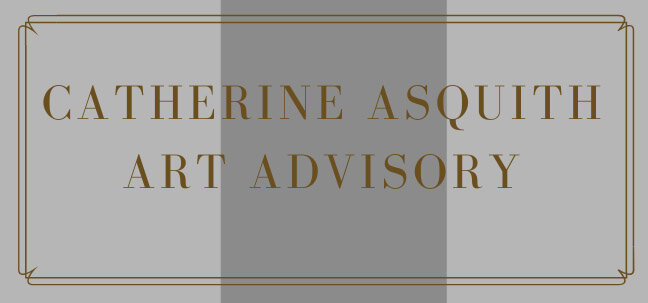Art Basel Hong Kong 2023
Recently I was interviewed by Louise Martin-Chew for a short feature for Art Edit on the buyer’s journey. The brief Q & A was as follows:
How do you see buyers develop? At what stage do they come to you? & how do you like to see their collections develop?
Most of the time collectors consult me after they have acquired a few works but have perhaps realised they need a more professional, cohesive approach to developing their collection.
Alternatively, a collector is looking to develop the investment potential and would like some guidance and want to understand more about the markets – primary and secondary - and how they affect the value of certain artists and therefore, their artworks.
Fundamentally, most individuals are looking to understand more about the art market, so as to make informed, educated decisions regarding acquisition.
I like to chaperone clients through various collections – museums and public institutions - as well as selected commercial galleries, auction previews and art fairs, to provide an overview and context to the art market – and how these entities, in fact, all inter-connect. And I also like to encourage a preparedness to learn, and to be patient in acquiring this new knowledge.
My job satisfaction comes from seeing a collection develop and grow, one which has defined but flexible thematic or what I call, simple curatorial parameters, one with integrity, an enduring quality, and ultimately, longevity.
The bonus is developing a long-term relationship with the collector themselves, and working in concert with their developing knowledge and enthusiasm, and on occasions, passion, for art.
Is it usual to begin small and grow?
How has the increase in disposable income changed the way people collect?
I am not sure about disposable income, however, what we are definitely observing in the global art market, is a flurry of speculation, and the “next new thing” - mostly by a new generation of confident, well-educated collectors with ample discretionary funds who are chasing young, contemporary artists, generally under 30 years, or what is being termed “wet paint” artists within the secondary market context – and there is a big query if this will be sustainable, and moreover, when, not if, the bubble bursts.
So in other words, a strong move towards speculation and ‘flipping’ artworks on the secondary market.
But I would note however, within this demographic of new collectors, there is certainly a more curatorial approach to acquisition, and fundamentally, developing a collection.
Read the article here.
©Catherine Asquith 2023

